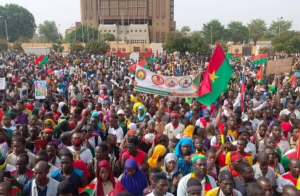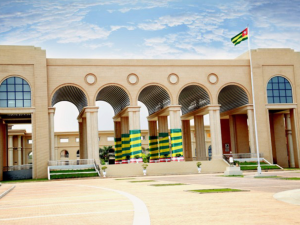Captain Ibrahim Traoré: The embodiment of Africa’s new leadership

Since assuming leadership of Burkina Faso, Captain Ibrahim Traoré has emerged as a symbol of a new generation of African leaders young, resolute, and deeply connected to his people. Facing the dual challenges of terrorism and economic crisis, he has articulated a clear, patriotic vision for national development.
President Traoré has made national sovereignty, food self-sufficiency, and the responsible management of natural resources the cornerstones of his governance.
His message to the Burkinabe people is unambiguous: rely on yourselves, produce what you consume, and safeguard national interests against external pressures.
On the ground, his administration has launched bold initiatives:
- Supporting local farmers to boost agricultural output
- Reviving mining projects under national oversight
- Promoting “Made in Burkina” products to stimulate local industry
- Creating youth employment opportunities
- Fostering civic education, social justice, and national solidarity
This uncompromising, action-oriented approach has earned him overwhelming popular support.
Across Burkina Faso, citizens praise his courage, his humble leadership style, and his commitment to transformative change.
More than a head of state, Captain Ibrahim Traoré represents something greater a beacon of resistance and hope for an Africa that stands tall, governs its own destiny, and refuses to be marginalized.
His leadership resonates beyond borders, inspiring those who believe in a continent free from foreign dictates and rich in self-determination.
In an era of global uncertainty, Traoré’s Burkina Faso offers a case study in patriotic governance proving that with vision and political will, African solutions can overcome even the most daunting challenges.
Maurice K.ZONGO






